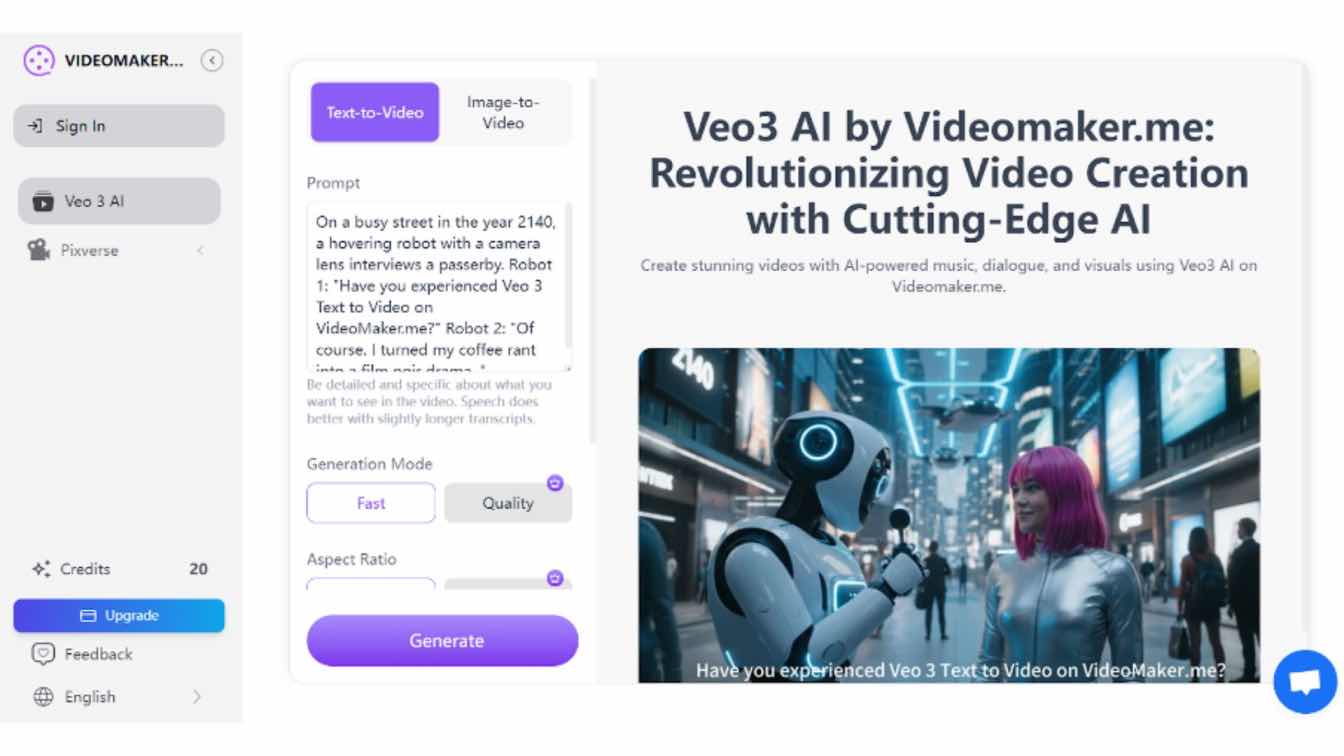Organizing and managing an event is a big challenge. It all starts with planning the event and then the event design, which is equally important.
Planning involves bringing together the budgeting, co-ordination, making the bookings, arranging the professional services, vendors, administration, etc. But what is event design and why is it deemed as important as planning? In this practical guide to event design, you will learn about the concept and find out why it is so important.
The Concept of Event Design
In event design, the focus is on the aesthetics of the event, the décor and style. Event design anagement is all about the visual details that will transform the venue and provide the right atmosphere and mood. It is done not just to please the attendees, but to also make it convenient for everyone and aid the marketing process. It involves event logo design, poster design, banner design, event graphic design, flyer design, and even the event ticket design. When done successfully, it can be elevated to a form of art and can make a huge difference.
 image © Keila Hötzel
image © Keila Hötzel
Event design management can be applied for wedding receptions, baby showers, birthday parties, corporate product launches everything.
Event design involves the following:
Space – This is like the palette for the designer. The professional must plan the entry and exit doorways, where the guests are going to sit, the furnishing and equipment required. The right balance must be struck between the occupied and empty spaces to ensure that the place doesn’t get crowded or look empty.
The layout – A well done layout planning can transform the space completely and make it look very impressive. Should the tables and chairs be positioned in rows or should they be in a theater style? How will the podium look? Where is the event registration place going to be placed and how is it going to look?
Furnishings – The effective use of equipment and furnishings will also contribute to the overall effect. For instance, you can decide to have an impressive entrance by building an arch. Long linear tables can create the banquet effect. Do not be afraid of experimenting with equipment and furniture.
Lighting – This is also a very key element. The event designer can experiment to highlight important areas in the space by projecting images on the floor, using uplightters, and by incorporating interchangeable color, for example. While planning this, the professional will naturally want to consider the available natural light in the space by looking at the locations of the window and how light is entering into the space. Shade will make the room appear less attractive.
Color – Color will set the tone and mood for the event. So, it needs to be selected carefully and must go well with the corporate brand and the type of event. For example, if it is an extravagant evening celebration, then metallic silver and gold can be used together with black. On the other hand, blue and light green can be the better choice if learning is the focus. Pink and blue goes well for baby showers. In corporate events, it is essential to pick the colors of the business or the brand.
Patterns – Patterns are important too because they will add interest and improve the aesthetic appeal. For example, the designer may introduce animal prints, floral elements, geometric patterns, or stripes depending on the kind of event.
Virtual Event Design
A well planned, designed, and executed event can go a long way to achieve the desired objective. In a real-world event, the venue, of course, can be used in so many ways to make it look good and be effective. You can use banners, projections, and so many other things. The guests should immediately get impressed as soon as they arrive.
This is no different for an online live event. The virtual event platform will be the ‘venue’ here, so it is important that you consider the type of branding opportunities available on the platform when you are choosing it. This is essential for all types of virtual events, including an online event on art and culture website.

Look at the event page on the platform. A platform that looks generic with the event logo at one corner won’t work when you want your attendees to truly get immersed and enjoy the experience. The event website design should allow you to customize so you can match your brand’s fonts and colors. This will make sure that your attendees are going to be wowed from the moment they log on and reach the online event management platform.
Start by planning and selecting the best virtual platform. And then, when you are live screening, brand your home page, menus, and also the pages of your online event. The systems present should give your brand the maximum exposure it can get and also make it easier for both you and the attendees. Finally, see how the platform is going to help you in selling the event tickets online.





